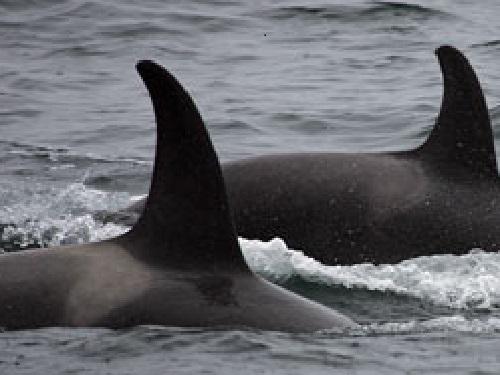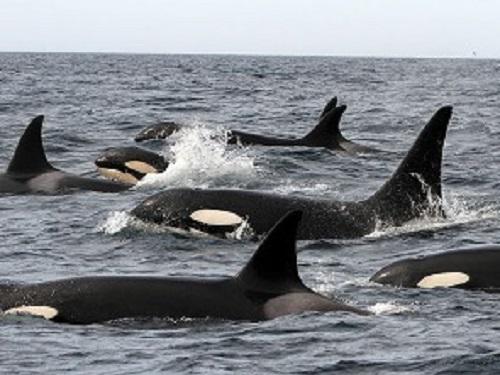Olga Filatova
Other projects
7 Jul 2009
Conservation of Killer Whales (Orcinus orca) of Eastern Kamchatka, Far East Russia
19 Jul 2011
Conservation of Killer Whales (Orcinus orca) in the Russian Far East: Protecting Food Resources and Promoting Environmental Stewardship
The objective of our project is to clarify, confirm and effectively change killer whale species status in Russian legislation.

The objective of our project is to clarify, confirm and effectively change killer whale species status in Russian legislation which will have an important impact on conservation. Killer whales are treated by Russian legislation as a “marine biological resource” and quotas for live-capturing are granted annually. A key way to achieve better conservation for killer whales on all aspects would be to change their status in Russian legislation. It was recently shown genetically that Northeast Pacific resident and transient killer whales represent separate species.

To demonstrate the presence of both species in Russia we will perform a detailed analysis of killer whale ecology, social structure, acoustics and genetics. We will show that resident killer whales feed exclusively on fish and squid, and transient killer whales on marine mammals. We will analyse social structure and test if residents live in stable groups with no dispersal, and transients live in more fluid groups with some dispersal, similar to Northeast Pacific residents and transients. We will test if the acoustic behaviour of Russian residents and transients is different from each other in a comparable way to that of Northeast Pacific residents and transients. We will show that the frequency of phenotypic features (types of saddle patch pigmentation) presents significant statistical differences between the two forms. We will estimate the degree of differentiation between Russian residents and transients and their relatedness to Northeast Pacific residents and transients through analysis of mitochondrial and nuclear DNA. Analysis of nuclear DNA will also show if interbreeding between these two forms occurs in Russian waters.
The successful realisation of our project will provide a scientific basis for recognising two forms of killer whales as separate species, which will lead to significant positive changes in their status and contribute to Russian whale conservation. Currently the number of killer whales in Russian waters is apparently highly exaggerated. The division of killer whales into two separate species will lead to re-estimation of their numbers. Therefore, the new estimates are likely to give more realistic numbers totalling several hundred animals for each species, which should be too low to support captures. It is possible that the numbers of one or both of the new species will be low enough to apply for threatened status and inclusion in the Russian Red Book, which will end captures and provide new legal leverage for conservation of killer whales and their environment.